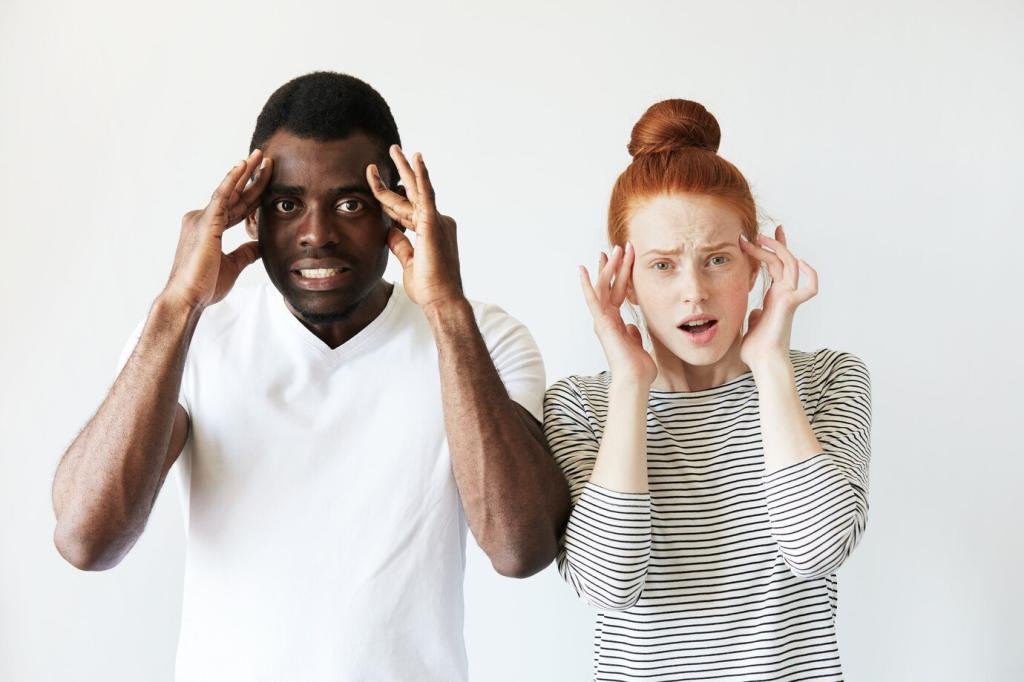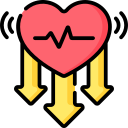Chosen theme: Stress Reduction Through Body Scan Meditation. Welcome to a gentle, practical space where we learn to befriend the body, soothe the nervous system, and meet stress with steady, curious attention—one breath, one sensation, one small victory at a time.



A Guided Step‑by‑Step Body Scan You Can Start Today
Lie down or sit upright with support under your lower back. Silence notifications, set a gentle timer for ten minutes, and decide to meet whatever arises with patience. Keep a notebook nearby to jot one word afterward. Ready? Take a slow breath and begin.
A Guided Step‑by‑Step Body Scan You Can Start Today
Feel the belly rise on an inhale and soften on a longer exhale. When the mind wanders—because minds wander—label it kindly as “thinking,” then return to breath and body. Try three slow breaths now and notice one sensation that changes. Comment with what shifted for you.
A Guided Step‑by‑Step Body Scan You Can Start Today
Sweep attention through toes, feet, ankles, calves, knees, thighs, hips, belly, chest, hands, arms, shoulders, neck, jaw, face, and crown. Spend thirty to ninety seconds per region, sensing pressure, temperature, or even absence. End by feeling the whole body breathing together. Which region felt most vivid?
Science Snapshot: How Body Scans Tame Stress
Nervous System Reset
Gentle, slower breathing and sustained attention can invite parasympathetic activity, reflected in steadier heart rhythms and improved heart rate variability. Shoulders drop, jaw softens, and the body signals safety. It is not instant magic, but steady training. Try a week and report back your observations.
Brain Pathways of Calm
Studies suggest the insula—linked to interoception—grows more efficient with practice, while prefrontal areas help regulate reactivity. Over time, amygdala alarms may quiet faster after triggers. Plasticity rewards repetition, not perfection. Subscribe for our monthly research digest translated into everyday language and practical tips.
Cortisol and Perceived Stress
Mindfulness programs featuring the body scan often show reductions in perceived stress scores and modest cortisol shifts for some participants. Results vary, so track your own markers: sleep quality, tension, patience. What metric matters most to you? Share it below so we can design tools around it.
Real Stories: Small Moments, Big Release
Maya’s Commute
At a red light, Maya left her phone in her bag and placed attention in her soles and palms. Three intentional breaths softened her jaw and shoulders. The light turned green; the day felt lighter. What micro‑pause could you try tomorrow? Tell us your idea.
Night Shift Nurse
Between charting bursts, a nurse scanned from shoulders to fingertips for three minutes. Her pulse slowed; the room felt less loud. Exhaustion remained, but panic loosened its grip. If you work shifts, how would you adapt the sequence? Share your approach so others can learn.
Weekend Runner
Post‑run, he lay on a mat and scanned calves, knees, and hips. Noticing tightness without bracing helped his legs feel friendlier by bedtime, and sleep came sooner. Do you pair movement with a body scan? Describe your routine to inspire another reader’s Sunday reset.
Make It a Habit Without Adding Pressure
Tiny Consistency Over Epic Sessions
Begin with five minutes most days. Attach practice to brushing teeth or boiling the kettle, and tick a calendar square afterward. Forgiving streaks keep momentum alive. Want a printable tracker and weekly nudges? Subscribe, and we’ll send fresh prompts straight to your inbox.
Design Friction‑Free Reminders
Place a cushion where you will see it. Set a gentle chime that feels kind, not scolding. Pair your scan with the aroma of tea to anchor memory. What reminder would make this delightful for you? Comment with cues you are excited to try.
Create a Supportive Space
Choose a quiet corner, soften lighting, and keep a blanket within reach. Headphones can help if household noise intrudes. Open and close the practice with three slow exhales. Describe your space in the comments to give others ideas, and we will feature favorites.
Troubleshooting: When Body Scans Feel Hard
Try sitting upright with a supportive cushion, eyes slightly open, and shorter segments per body part. Micro‑movements are allowed. A yawn can signal release, not defeat. Keep a brief journal of what helps. Share your experiments so our community can learn together.
Troubleshooting: When Body Scans Feel Hard
Expand your sensation vocabulary: pressure, pulsing, buzzing, coolness, warmth, stretchy, pins‑and‑needles. Do thirty seconds of gentle movement before scanning to wake receptors. Noticing “nothing” still counts as noticing. Which words fit your experience best? Post them to help others recognize their own signals.

